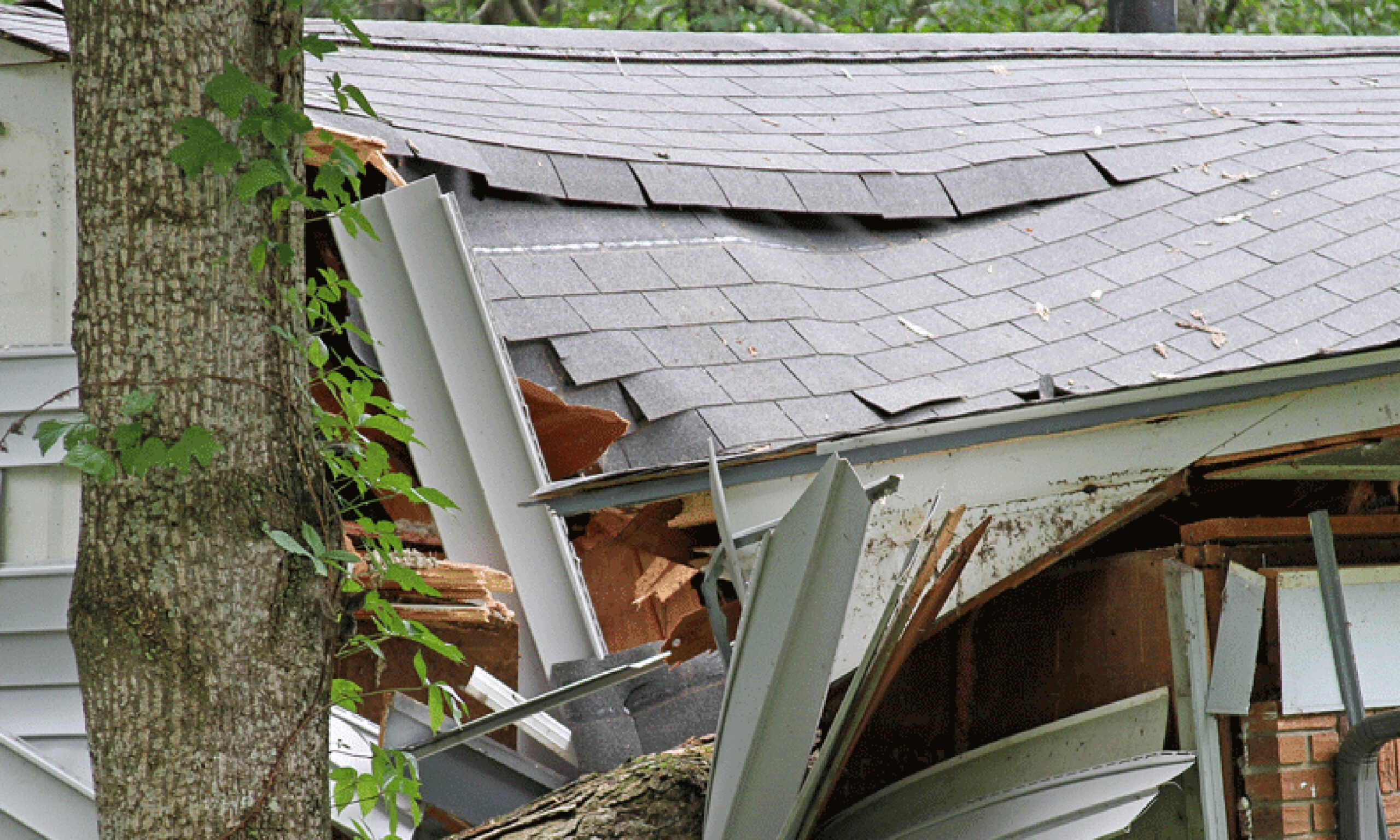Storms can cause significant damage to homes, from strong winds and hail to flooding and fallen trees. The aftermath of a hurricane can be overwhelming, leaving homeowners to deal with repairs and restoration efforts to bring their property back to its original condition. Properly handling storm damage involves immediate action to protect the home, understanding the restoration process, and taking steps to prevent future damage. This article will guide you through protecting and restoring your home after a storm, ensuring a safer and more resilient property.
1. Immediate Steps to Protect Your Home After a Storm
If the storm has caused severe damage to the structure, such as a collapsed roof or broken windows, it’s crucial to vacate the premises until it’s deemed safe. Once safety is secured, take immediate action to prevent further damage. This includes boarding broken windows, placing tarps over damaged roofs, and removing water using pumps or wet vacuums to avoid flooding and mold growth.
Document all damages thoroughly with photographs and notes, which will be essential when filing an insurance claim. If needed, consult a professional restoration company specializing in storm damage repairs—they can provide immediate support with emergency repairs and help you navigate the insurance process.
2. Restoration Process: From Cleanup to Repairs
Restoring your home after storm damage involves several key steps, including a thorough cleanup. Debris removal, water extraction, and drying are critical to prevent further damage, such as mold growth or structural weakening. For homes affected by flooding, it’s essential to dry out walls, floors, and furnishings quickly to minimize the extent of the damage. Professional restoration companies have the tools and expertise to perform these tasks efficiently, using industrial-grade dehumidifiers, air movers, and water extraction units.
“Restoration after storm damage is not just about fixing what’s visibly broken; it’s about addressing the hidden issues that can compromise your home’s safety and value,” says Carl Panepinto, Marketing Director at Manhattan Flood Restoration, a leading house restoration company. “Beyond cleanup, we conduct a comprehensive property assessment, inspecting roofs, siding, electrical systems, and plumbing to identify all areas needing repair. We aim to restore your home to its pre-storm condition, or better, by implementing solutions that enhance its resilience against future weather events.”
Once the cleanup is complete, the focus shifts to repairs, which may involve fixing or replacing damaged roofs, siding, gutters, windows, and doors. Restoration professionals like Manhattan Flood Restoration assess your home’s structural integrity and recommend necessary repairs to ensure safety and compliance with building codes. They work with homeowners to develop a comprehensive restoration plan that addresses the immediate damage and includes improvements to strengthen the home against future storms, providing peace of mind and long-term protection.
3. Preventing Future Storm Damage: Proactive Measures
While you can’t control the weather, you can take proactive steps to minimize storm damage to your home in the future. Start by regularly inspecting and maintaining your roof, as it’s your home’s first defense against severe weather. Ensure that shingles are intact, flashing is secure, and gutters are clear of debris. Consider installing impact-resistant windows and doors designed to withstand high winds and flying debris.
Landscaping also plays a crucial role in storm protection. Consider installing a sump pump or elevating critical systems like the HVAC unit above potential flood levels for homes in flood-prone areas. Investing in storm shutters, reinforcing garage doors, and securing outdoor furniture can further reduce the risk of damage.
Conclusion
Storm damage can be a daunting challenge for homeowners, but with the right approach to protection and restoration, you can mitigate the impact and rebuild stronger. By taking immediate protective measures after a storm, engaging in a thorough and professional restoration process, and implementing proactive strategies to fortify your home, you can safeguard your property against future storms. Remember that preparation is critical—investing in preventive measures can save you significant time, money, and stress when the next storm hits.






